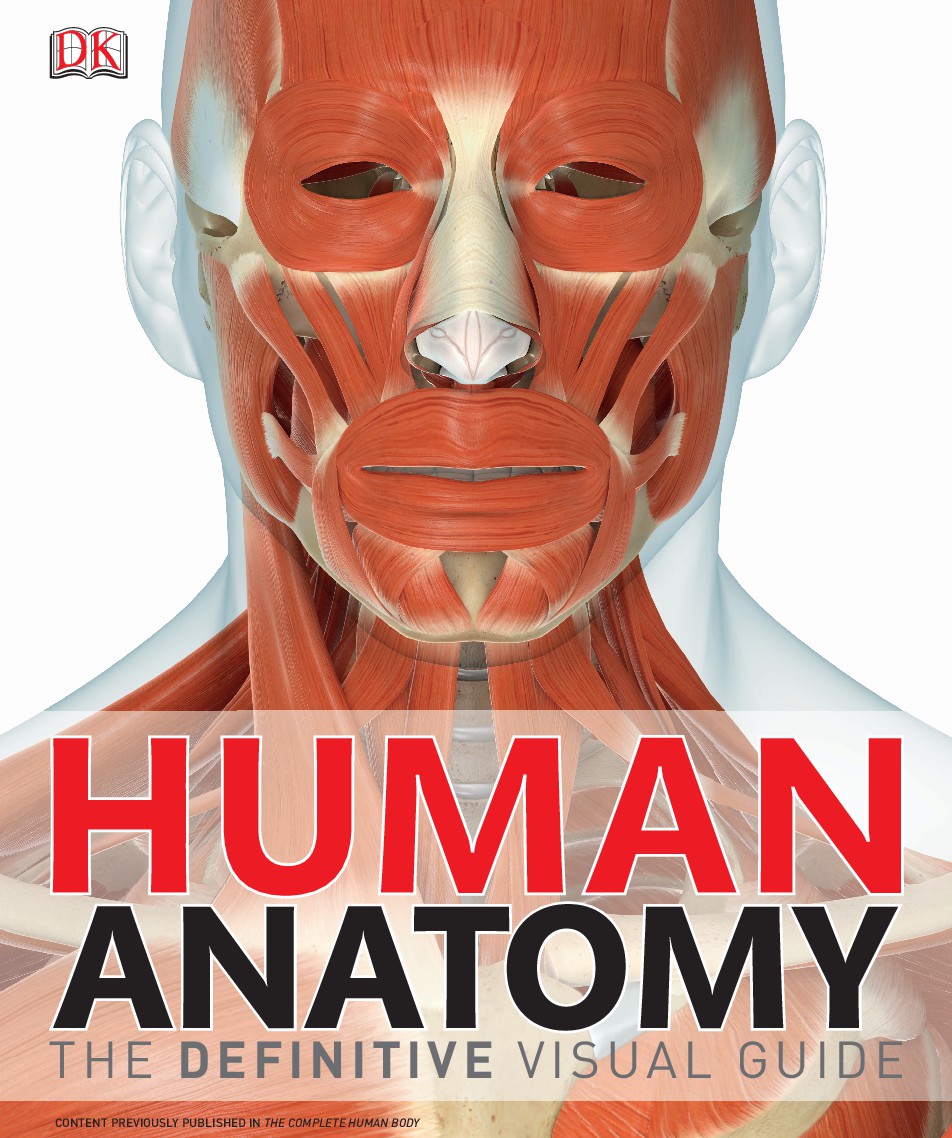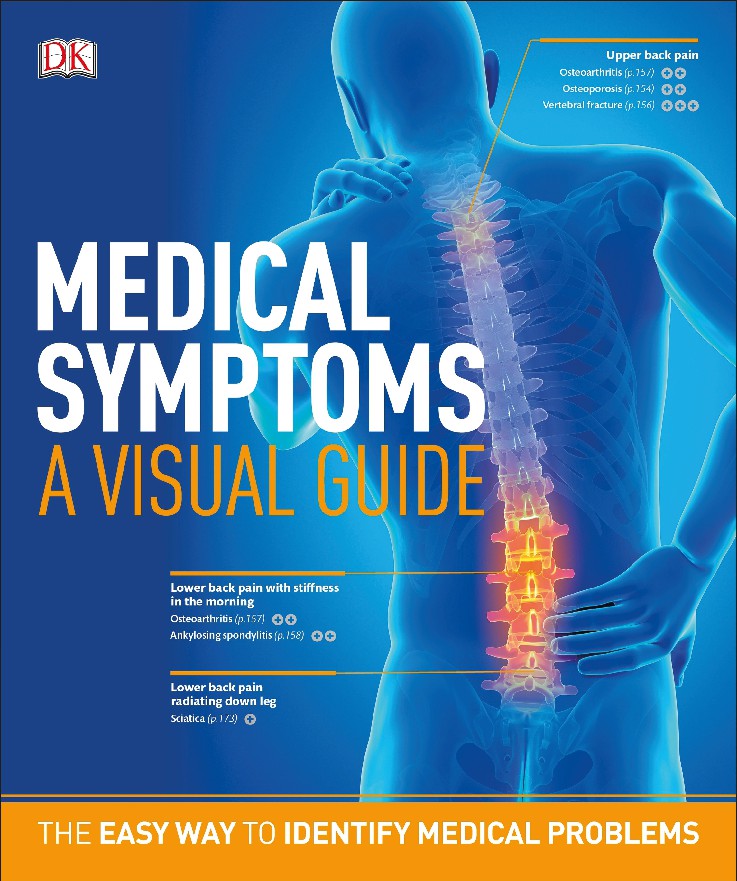Book Details

Human anatomy the definitive visual guide
Anatomy is a very visual subject, and illustrated anatomy
books have been around for centuries. In the same way
that a map must represent the physical features of a
landscape, anatomical illustrations must convey the
detailed layout of the human body. The mapmaker is
concerned with the topography of a landscape, while
the anatomist focuses on the topography of the body. The
maps—whether of landscapes or the body—are collected
into books known as atlases. The first anatomical atlases
appeared in the Renaissance period, but students of
anatomy today still rely heavily on visual media. Plenty
of students still use atlases, alongside electronic resources.
Anatomical depictions have changed through time,
reflecting the development of anatomical knowledge,
changing styles and taste, and the constraints of different
media. One of the earliest and most well-known atlases
is Andreas Vesalius’ De humani corporis fabrica (On the
structure of the human body), published in 1543. The
anatomical illustrations in this book took the form of
a series of posed, dissected figures standing against a
landscape. It was a book intended not just for medical
students, but for a general readership. The heavy use of
images to convey information made sense for this visual
subject, and also helped to make anatomy accessible.
Author: DK Publishing
Pages: 258
Issue By: eBook 707
Published: 2 years ago
Likes: 0











